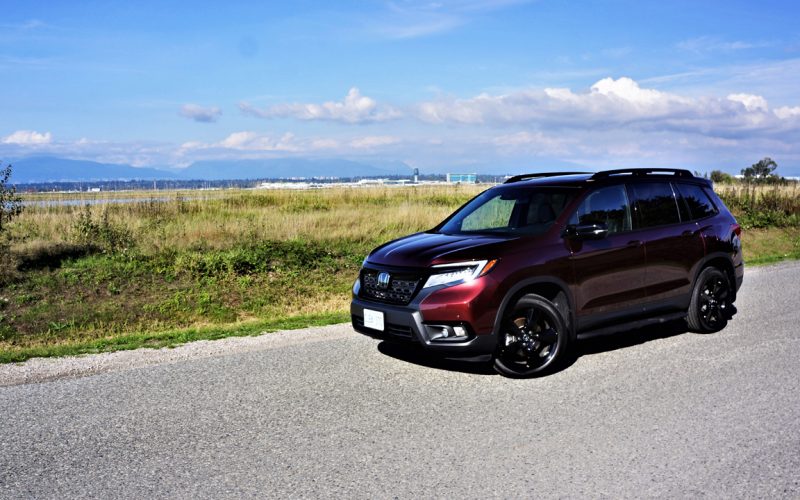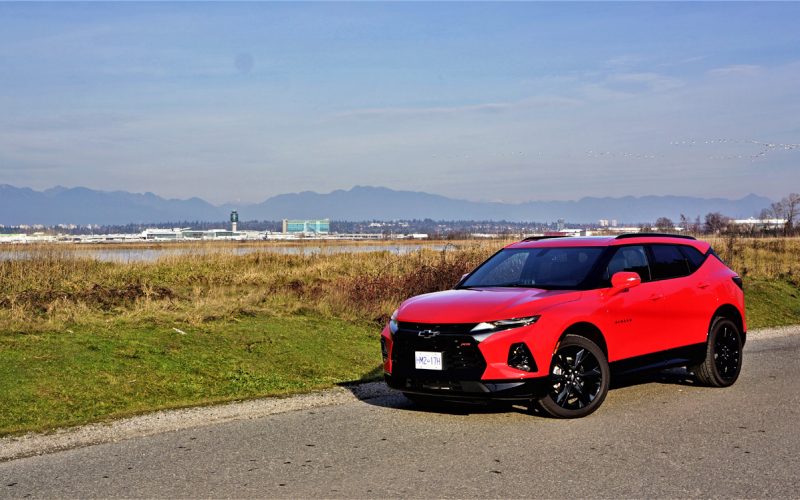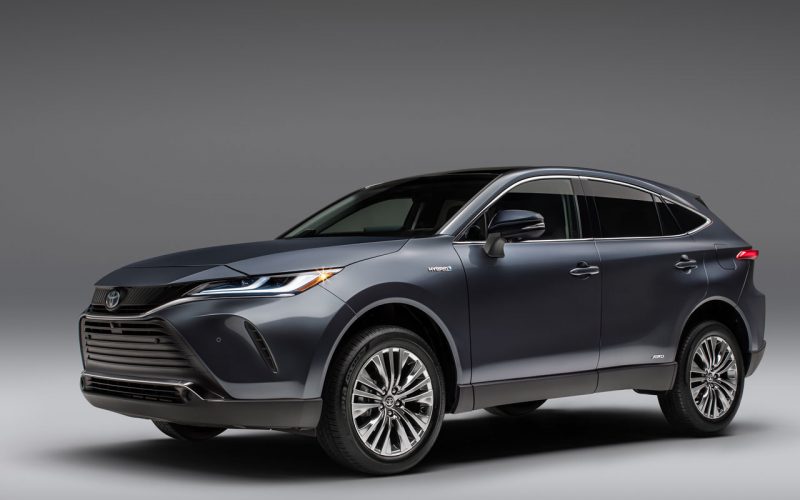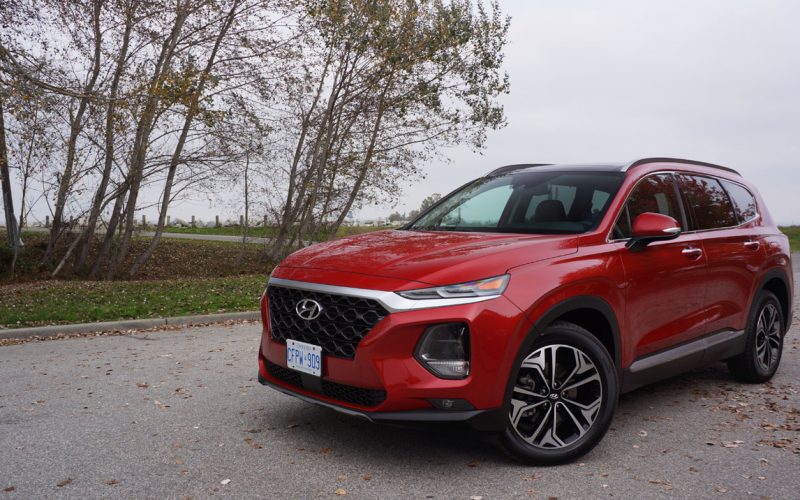
With five-passenger crossovers regularly at the top of the mid-size SUV sales charts in North America, Honda simply had to be in on the game. Therefore, in another attempt to

What do you get when you combine a Camaro and a Traverse? No, I wasn’t going to say Caverse or Tamaro, as fun as such word games are (not), but

Remember the Venza? Toyota was fairly early to the mid-size crossover utility party with its 2009–2015 Venza, a tall five-door wagon-like family hauler that was a lot more like a

Now that the upstart Genesis brand is finding its footing in the luxury sector, having initially taken two of Hyundai’s most premium models (the G80 and G90) with it before